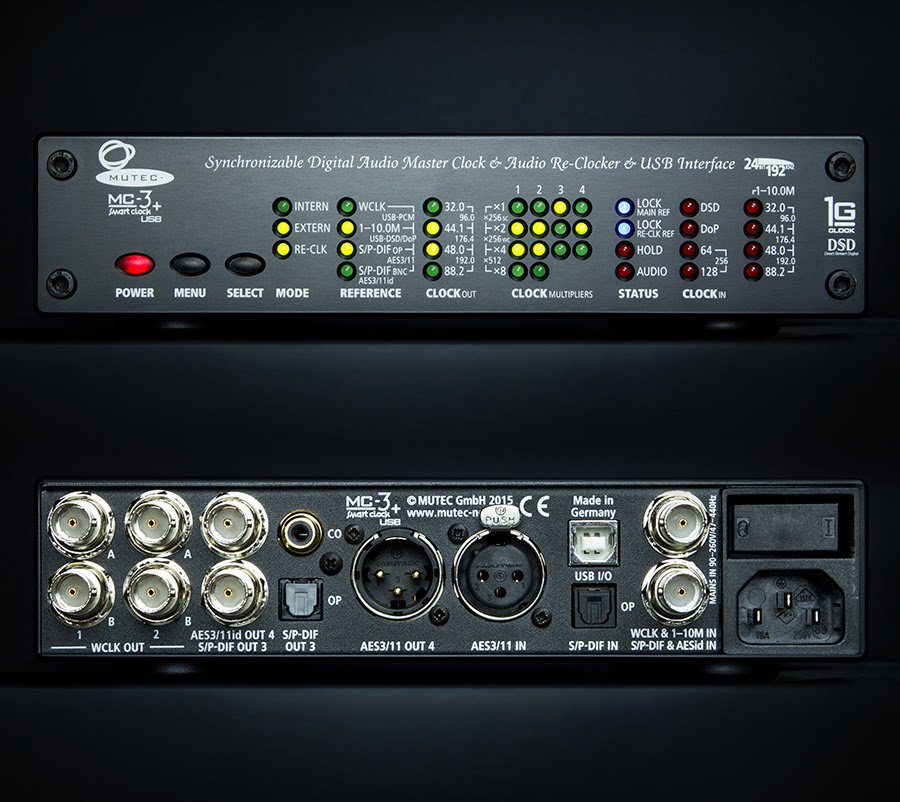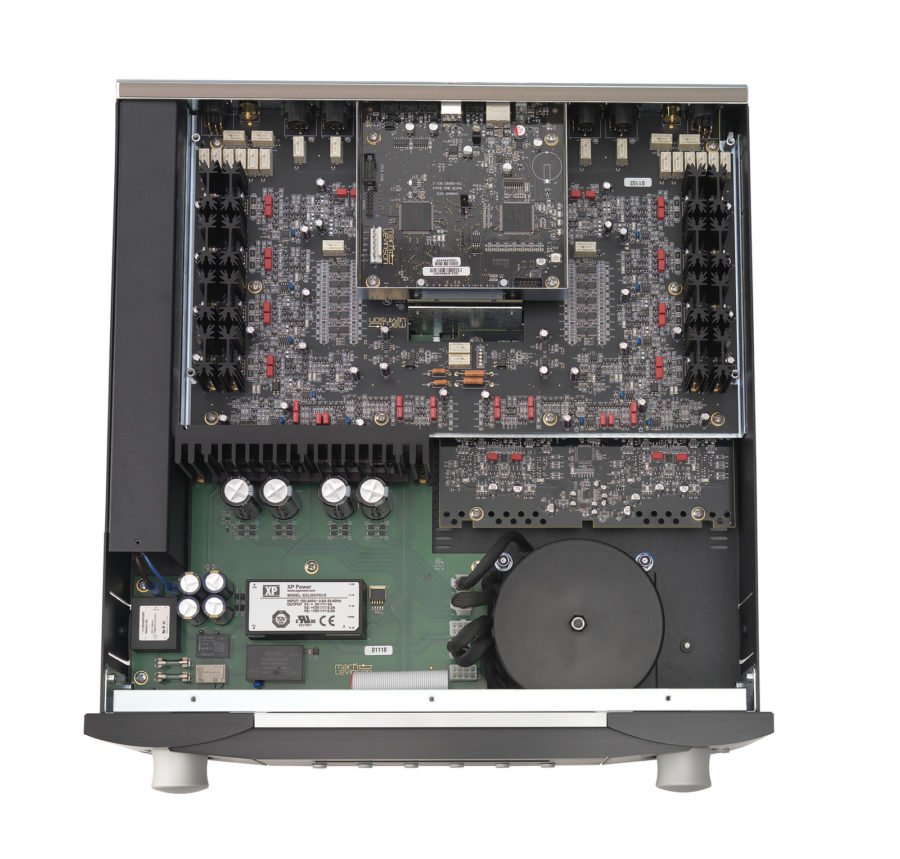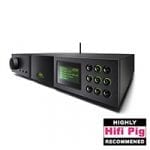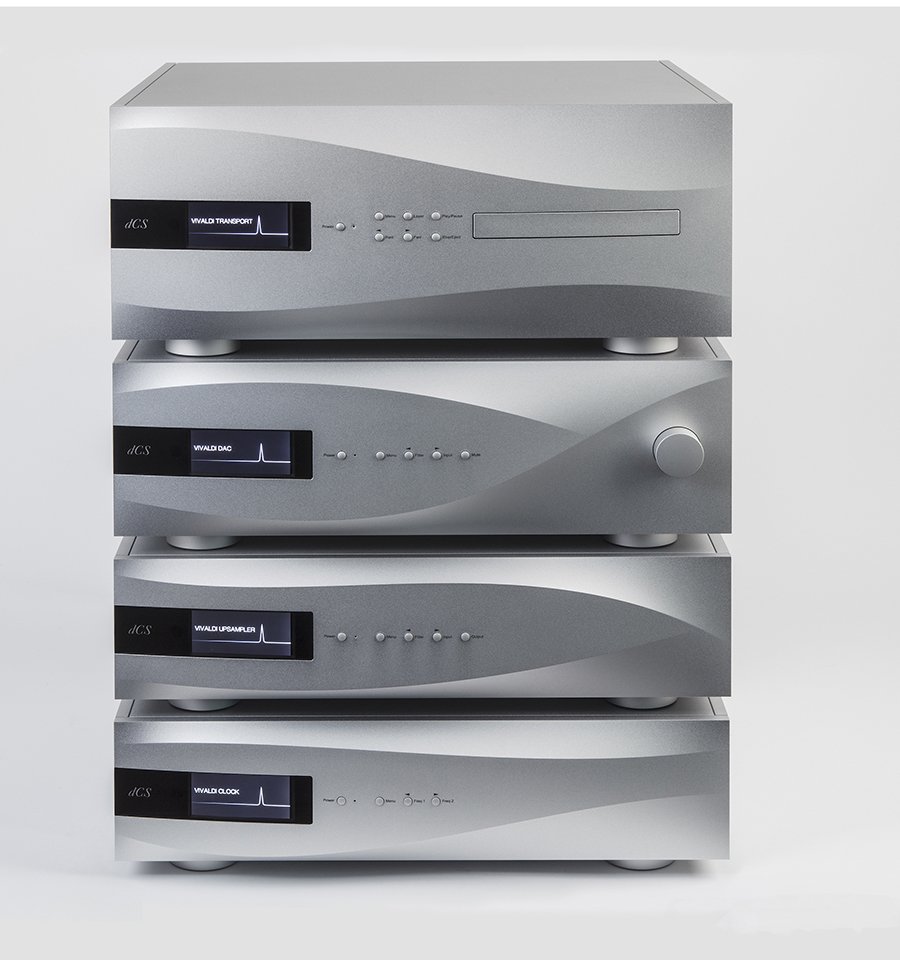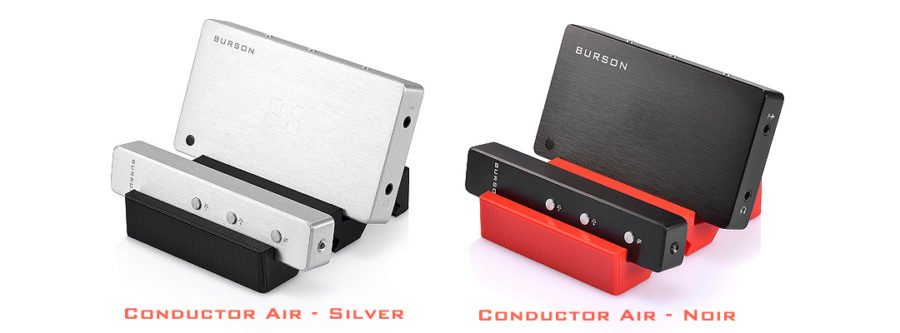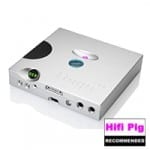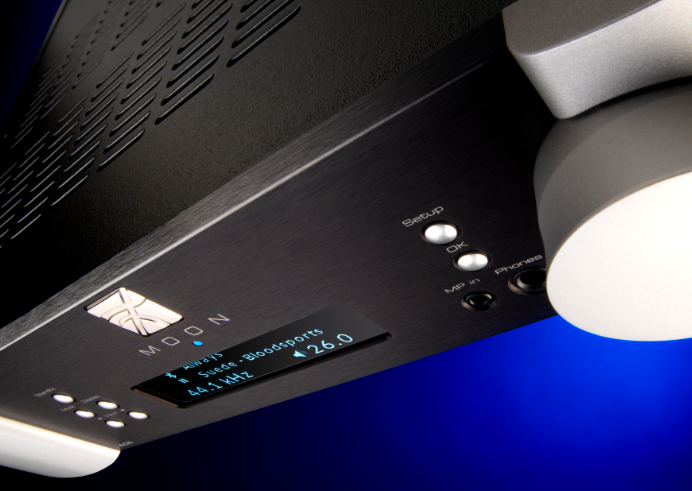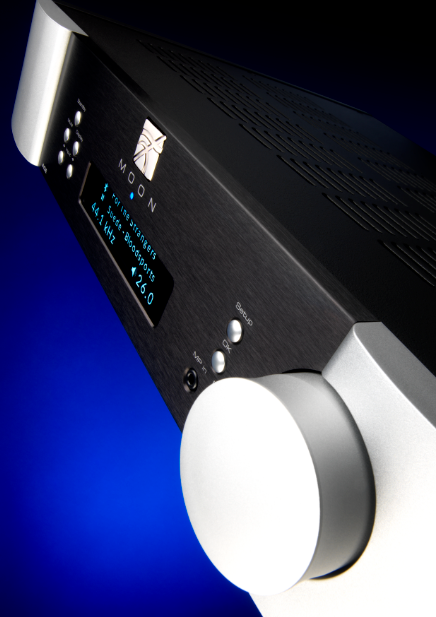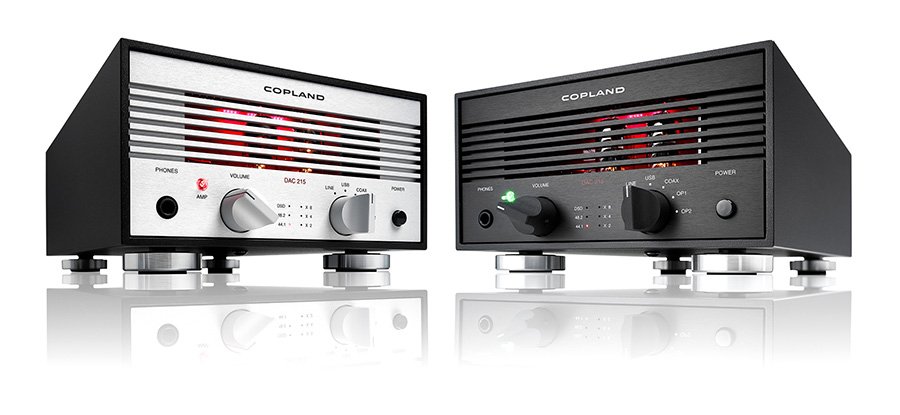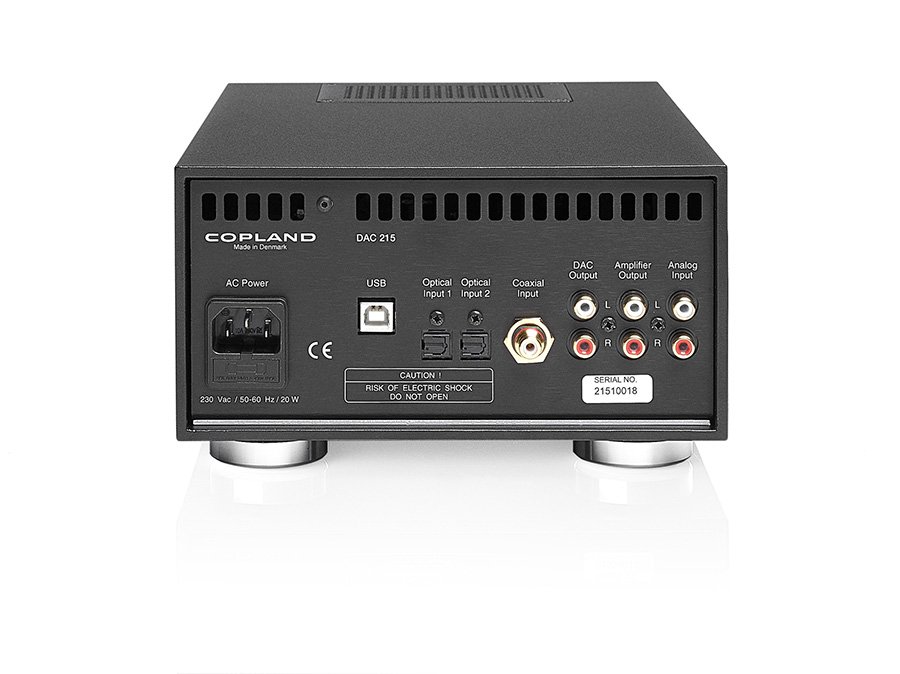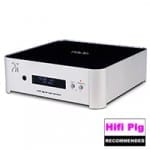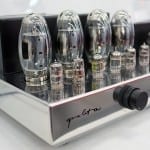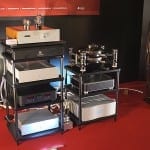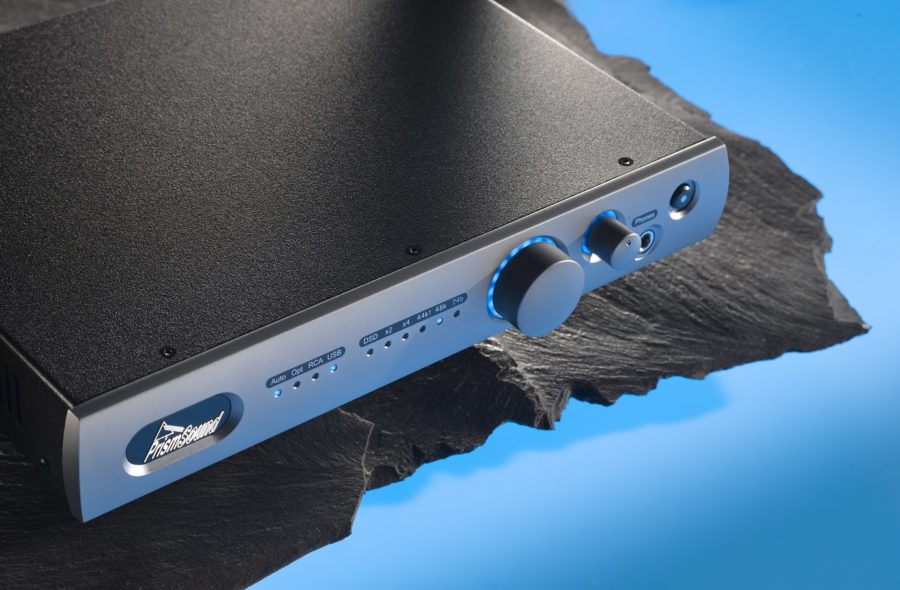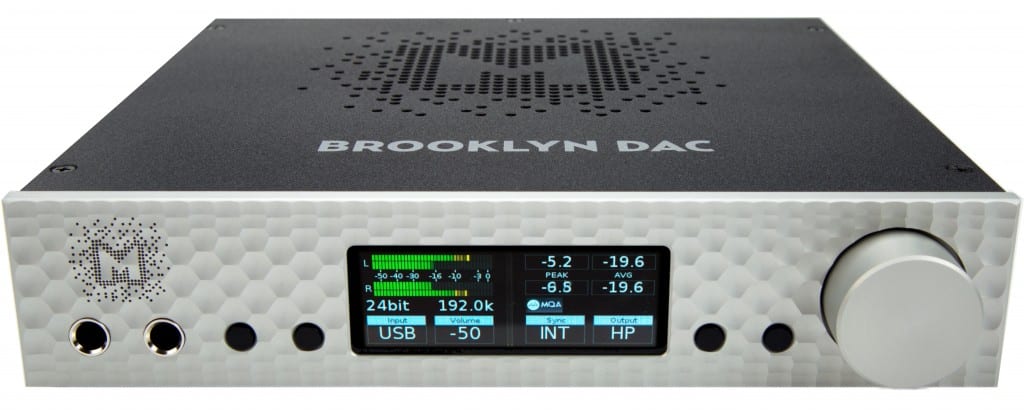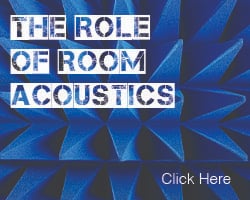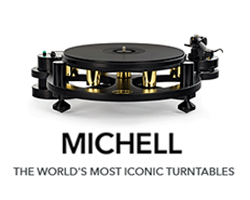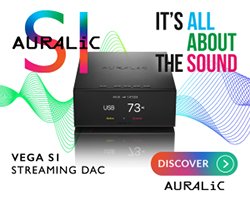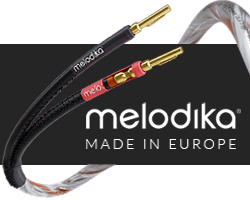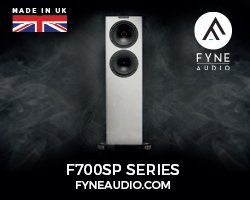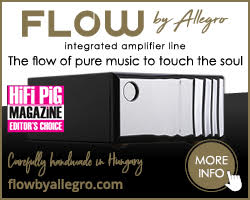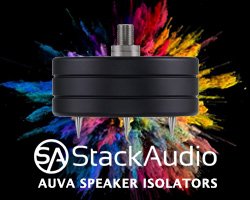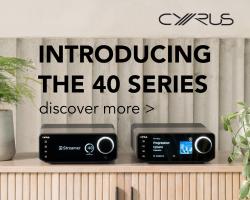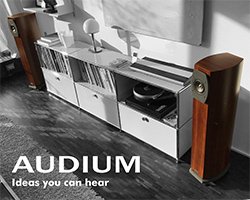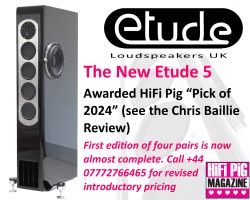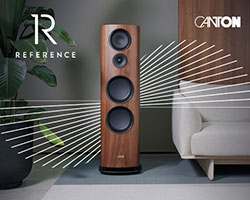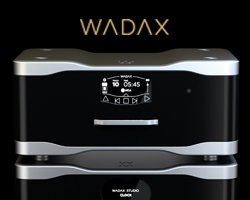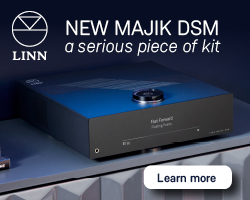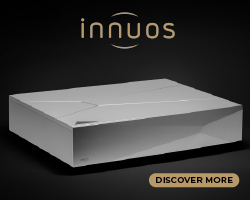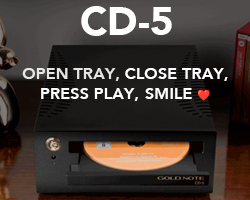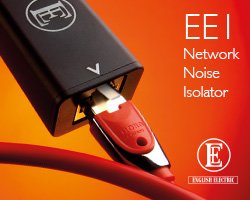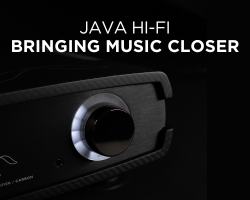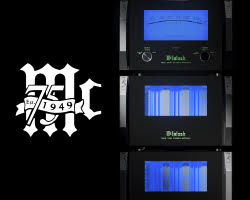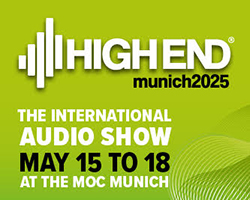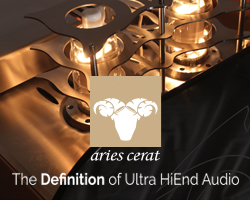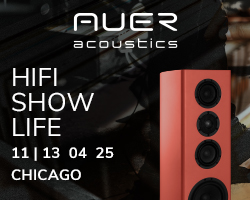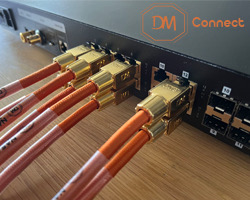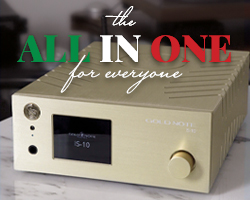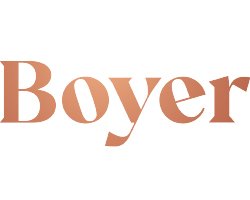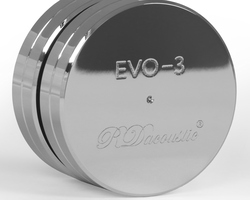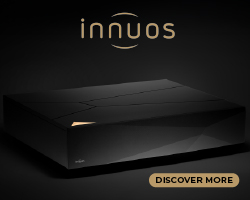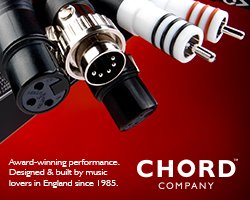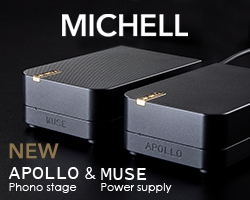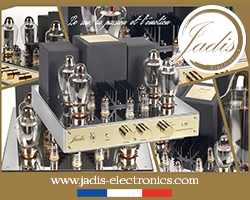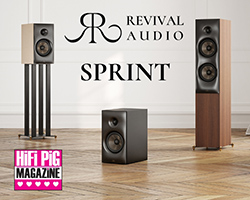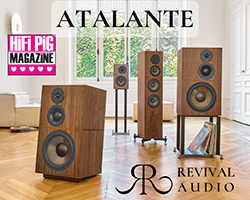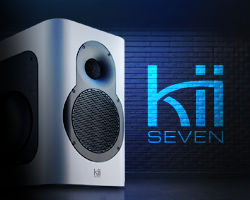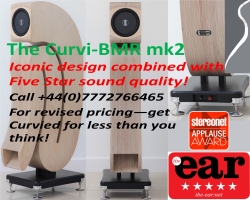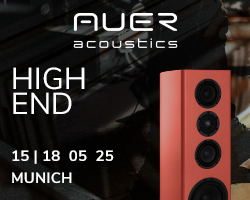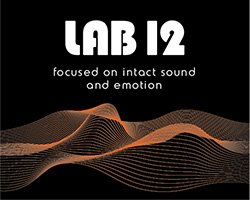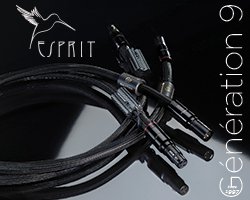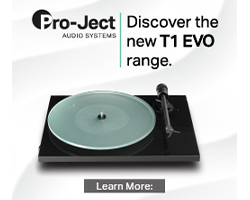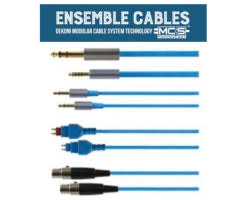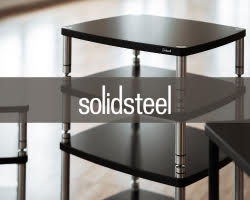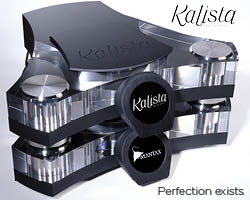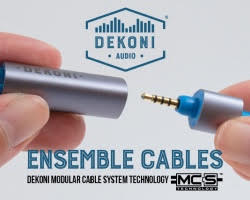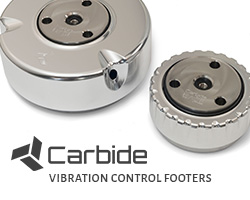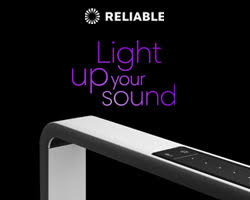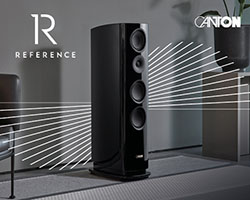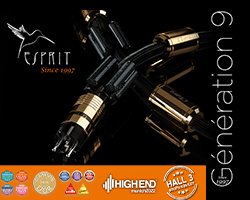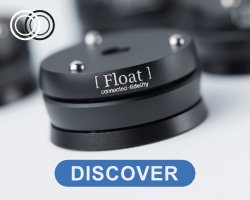Auralic North America Inc. and its parent company, Auralic Limited, is introducing the new Altair Streaming DAC. The company say that the Altair can act as an easy-to-use Home Music Center with more than 15 input sources including: Streaming Inputs: Network Shared Folder (NAS), USB drive, Internal music storage (optional), uPnP/DLNA media server, TIDAL and Qobuz streaming, Internet Radio, AirPlay, Bluetooth, Songcast and RoonReady; Digital Inputs: AES/EBU, Coaxial, Toslink, USB device to computer, 2 USB host for storage and DAC, RJ45 Gigabit Ethernet and 802.11b/g/n/ac Tri-Band WiFi.
Xuanqian Wang, Auralic’s president & CEO, said: “The new ALTAIR is both a high quality streamer and DAC, and was designed based on feedback from dealers for an exceptional yet convenient-to-operate digital Source unit at an $1,800 – $2,000 price point.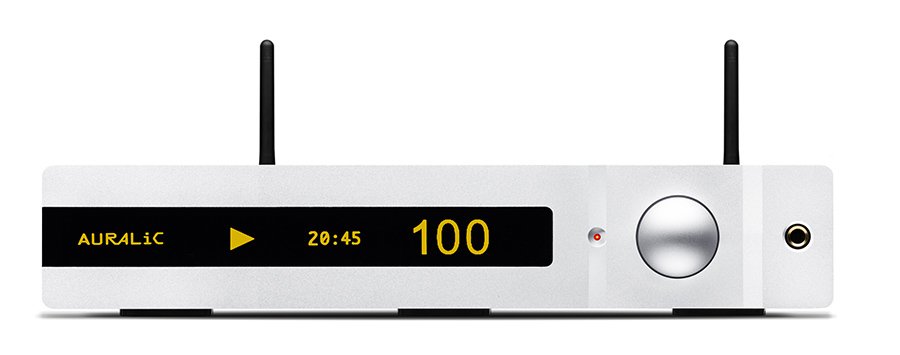
“Some may consider this as a combination of Vega and Aries or the upgrade version of Aries Mini with digital input. However, the Altair is definitely a Line Extension, and not replacing the Aries Mini, or Auralic’s award-winning Vega DAC or Aries Streamers which represent the very highest level of sound quality.”
The Altair streaming DAC utilizes Auralic’s Lightning technology. Launched in 2014, Lightning was the audio industry’s first streaming technology that supports DXD and Quad-Rate DSD playback through a WiFi network. It also offers features such as Gapless Playback, On-Device Playlist and Multiple-Room functions, as part of Auralic’s ongoing program of offering regular upgrades that download in the background. Memory Playback, the latest feature added to to the Lightning streaming technology, allows the Altair to fetch and cache the entire track in its memory or system storage in advance to improve the sound quality, and also play locally without the need of network data transfer. Using Lightning DS, you can also stream TIDAL, Qobuz and listen to Internet Radio at any time. Altair’s AirPlay, Songcast and Bluetooth functions provide alternative ways to stream your favorite music from Apple Music, Spotify and other service providers through your smartphone or computer.
Altair’s’s streaming function, operated by Auralic’s Lightning DS control App, is available on iOS platforms right now, with Mac and Windows versions in development. It is also compatible with other 3rd party OpenHome or UPnP control software for playback. Altair also works as a RoonReady endpoint to use with Roon software, bringing you a new way to discover and listen to music. The unit’s other inputs include AES/EBU, Coaxial and Toslink, and a USB connection to a computer working as a standalone USB DAC.
When purchasing Altair you can add an optional 2.5-inch HDD or SSD for internal music storage, turning the ALTAIR into a Music Server.
Cosmetically, the new Altair shares the same size enclosure as the Vega DAC, including a 512×64 pixels OLED Display (although the content is different from the Vega). A headphone jack is located on the front panel.
The Altair has a MSRP of $1,899. Shipment will commence in June, following the Munich HIGHEND Show.
Altair is powered by Auralic’s proprietary Tesla hardware platform that includes a Quad-Core Coretex-A9 processor running at 1GHz, 1GB DDR3 onboard memory and 4GB system storage. The Tesla platform has a calculation ability of 25,000 MIPS and can decode including AAC, AIFF, ALAC, APE, DIFF, DSF, FLAC, MP3, OGG, WAV, WV and WMA. Future features planned include DSD Upsampling, Room Acoustic Treatment and MQA support. All these features can be delivered through automatic online updates without user’s attention.
Femto Master Clock
The dual-frequency Femto Master Clock inside the Altair is specially designed and optimized for its ESS Sabre DAC chip: with one frequency for playing music with a sampling rate which is the multiple of 44.1K, and a second for 48K. The Femto Master Clock, which is powered by a 9uV dedicated power supply that has a very low phase noise performance.
Linear Power Supply
Auralic uses Purer-Power™ linear power supply technology on the Altair where AC power firstly goes into a power purification module, and the DC current and noise from both within and outside audio frequencies can be reduced by as much as 90dB. The purified AC power is then fed to a transformer.
Flexible Filter Mode
ALTAIR has four built-in filter modes which allows its user to customize sound best befitting their personal preference.
Technical Specifications
Frequency Response: 20 – 20KHz, +/- 0.1dB*
THD+N: <0.001%, 20Hz-20KHz at 0dBFS
Dynamic Range: 121dB, 20Hz-20KHz, A-weighted
Streaming Inputs:
Network shared folder
USB drive
Internal music storage**
uPnP/DLNA media server
TIDAL and Qobuz streaming
Internet Radio
AirPlay
Bluetooth
Songcast
RoonReady
Digital Inputs
1*AES/EBU
1*Coaxial
1*Toslink
1*USB device to computer
2*USB host for storage and DAC
1*RJ45 Gigabit Ethernet
1*802.11b/g/n/ac Dual-Band WiFi
Analogue Outputs:
1*Balanced XLR (output impedance 10ohm)
1*Single-ended RCA (output impedance 50ohm)
1*6.35mm Headphone jack
Supported File Types
AAC, AIFF, ALAC, APE, DIFF, DSF, FLAC, MP3, OGG, WAV, WV and WMA
Supported Digital Formats
All PCM from 44.1KS/s to 384KS/s in 32Bit***
DSD64, DSD128, DSD256***
Output Voltage: 2Vrms at Max. with dynamic-loss-free digital volume
Control Software:
AURALiC Lightning DS for iOS
AURALiC RC-1 remote control
OpenHome compatible software
uPnP AV compatible software
Device Display: 512×64 pixels OLED Display
Dimensions: 11”W x 9”D x 2.6”H (33cm x 23cm x 6.5cm)
Weight: 7.0 pounds (3.2kg)

